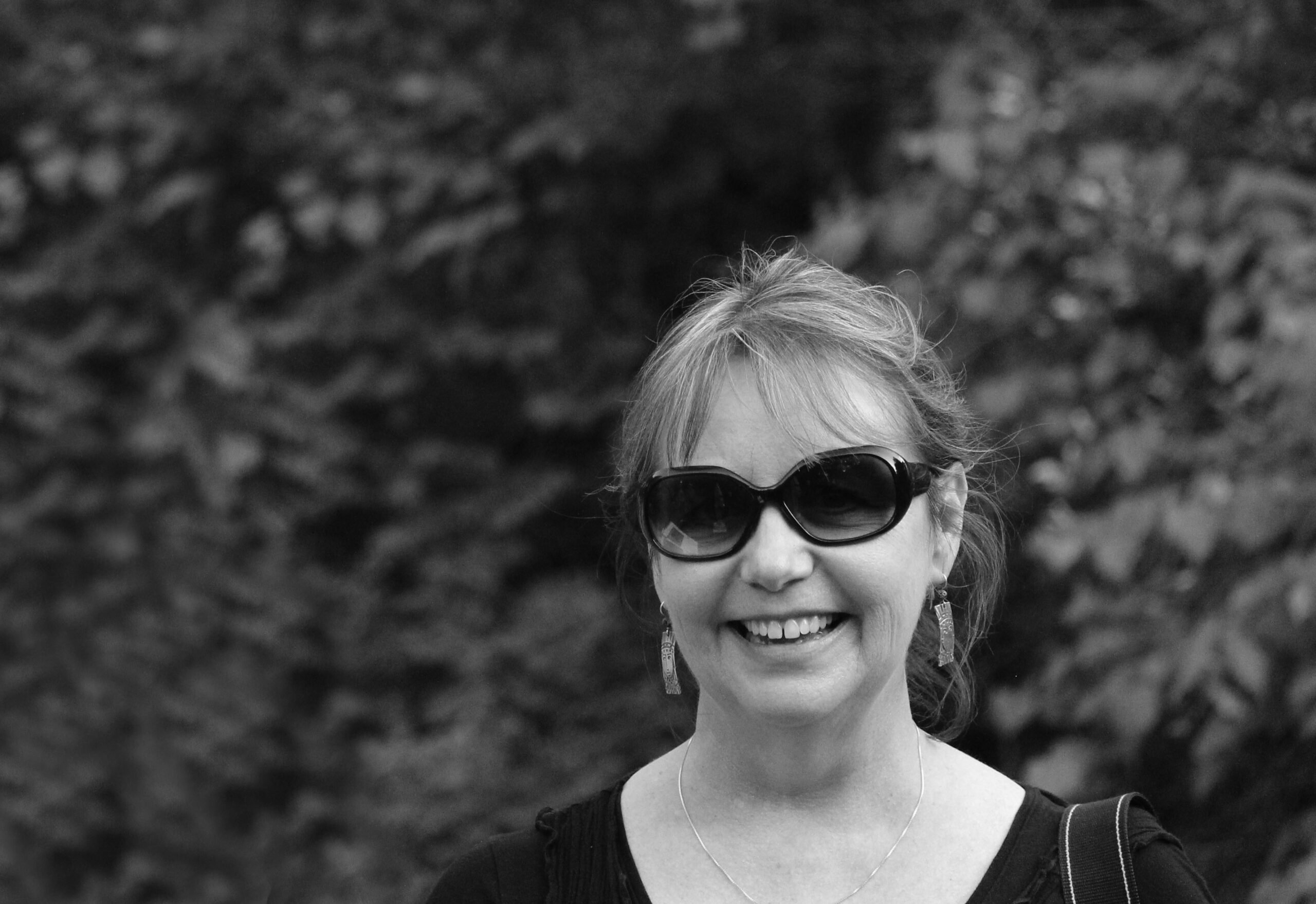Dear Readers,
This little patch of earth I dubbed the Upper East Side of Texas is part of me. From as early as I can remember, it was where the “home place” was, a magical land with heartwarming stories that I got to visit from time to time from my Dallas suburb world. Childhood memories with my relatives in East Texas are some of the sweetest I will ever know.
Both my parents’ ancestries began in East Texas in the mid 1800s. The stories I heard from my relatives about growing up in East Texas in the 1920s and 30s and beyond were overwhelmingly full of fun. The occasional hardships of picking cotton and working in sugarcane fields were but a backdrop to the life they truly enjoyed with their families and communities. They were very creative with their leisure time, often pranking each other, enjoying music and singing together, playing creative games, and eating delicious pot luck and farm fresh meals and homemade ice cream.
They enjoyed travelers stopping by for food or water, sometimes from very far away. They would listen to the travelers’ stories of places and things they’d never seen and delight in knowing about different cultures and things going on outside their area. Travelers were allowed to sleep a night or two in their barn before venturing off down the road.
The families listened intently to radio programs that entertained and informed. They truly embraced the adage to “think globally, act locally,” at least in the sense that most people are interesting and fun to observe, and deserve every human right, while putting their immediate attention on taking care of those in their own community.
Like most rural Texans of that time, they were farmers and ranchers, and no richer or poorer than any others they knew. They knew everyone in their communities and they all looked out for each other and passed no harsh judgments or mean gossip about each other (except for the occasional “busy body” that others avoided).
The towns during the years my parents were growing up in rural East Texas were small, but thriving with cotton gins, syrup mills, lumber yards, schools, and mercantile stores. People of the communities would gather in downtowns on Saturdays to visit and trade products and animals, shop, and get their much beloved mail.
One of my favorite stories from that era comes with a photo I found in a book about the community where my mother grew up. The photo is titled, “Forty Men and Forty Mules.” A neighbor had fallen ill. Forty men showed up with their mules and plowed his fields for him. I was told this was quite common and I felt that energy everywhere I went in East Texas growing up when I visited. People really liked and respected each other, whether they went to different churches, or not at all, or had their own way of doing all kinds of things as long as it didn’t hurt anyone. As a rule, people focused on their shared mission for healthy communities and mostly were amused and entertained by their differences, not enraged by them in any way.
This is the East Texas in my heart when I moved here from San Antonio in 1997.
Coming from one of the top tourism towns in the nation to a rural farm in East Texas was a major culture shock for sure. Although I didn’t disagree, I soon grew tired of people saying, “There’s nothing to do around here.” I started researching and found that although events were few and far between, there were some things going on that not enough people were hearing about.
So I started County Line Magazine to tell people what I was finding. It wasn’t much in the early years — a street dance in one town, a pool tournament in another, an art class here and there, and karaoke in a restaurant or two. There were a few festivals and the monthly First Monday Trade Days and as the years went on, more fun and entertainment came to East Texas. It’s been a very long time since I heard someone say “there’s nothing to do around here.”
With other writers, we also began discovering and telling the stories of the region’s history, and interesting people, places, and unique characteristics. I will never forget the first time I enjoyed a Saxon tomato grown in Ben Wheeler after moving there. In my years of city grocery store shopping, I had forgotten how good locally grown food tasted. I love that I get to dine often now on food grown within a few miles of where I live.
For 25 years now, County Line Magazine has chronicled the stories that shape the Upper East Side of Texas. I’ve watched good changes happen all over the region and know many more are coming. I am grateful for the people who help create “thoughtful” improvements — those that bring us fun and meaningful things to do but are careful to guard our need for nature, light traffic and moderate crowds, and friendly neighbors. I am reminded how similar some of my days are now to the heartwarming ones my family told me about so many years ago, filled with community support, farmers’ bounty, pot luck gatherings, live music, and creative entertainment.
I am grateful that I was welcomed to my “home place” here in this region, where I found both my roots and wings. I hope all our readers feel that same warm welcome and cherish your time here in the Upper East Side of Texas. — P.A. Geddie


